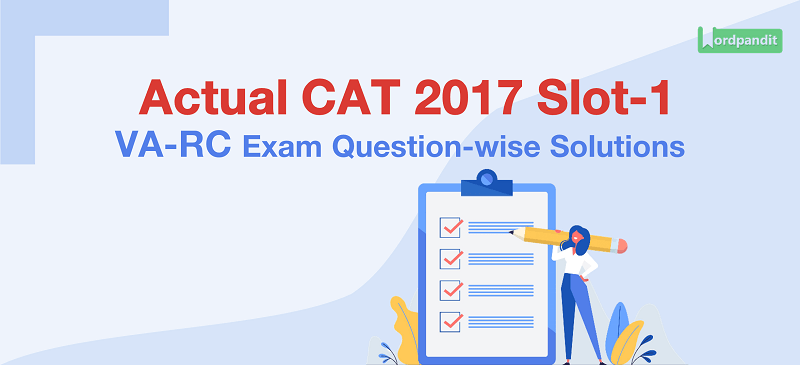VIDEO SOLUTION FOR THE QUESTION:
QUESTION-26: The passage given below is followed by four summaries. Choose the option that best captures the author’s position.
A translator of literary works needs a secure hold upon the two languages involved, supported by a good measure of familiarity with the two cultures. For an Indian translating works in an Indian language into English, finding satisfactory equivalents in a generalized western culture of practices and symbols in the original would be less difficult than gaining fluent control of contemporary English. When a westerner works on texts in Indian languages the interpretation of cultural elements will be the major challenge, rather than control over the grammar and essential vocabulary of the language concerned. It is much easier to remedy lapses in language in a text translated into English, than flaws of content. Since it is easier for an Indian to learn the English language than it is for a Briton or American to comprehend Indian culture, translations of Indian texts is better left to Indians.
A. While translating, the Indian and the westerner face the same challenges but they have different skill profiles and the former has the advantage.
B. As preserving cultural meanings is the essence of literary translation Indians’ knowledge of the local culture outweighs the initial disadvantage of lower fluency in English.
C. Indian translators should translate Indian texts into English as their work is less likely to pose cultural problems which are harder to address than the quality of language.
D. Westerners might be good at gaining reasonable fluency in new languages, but as understanding the culture reflected in literature is crucial, Indians remain better placed.
Answer: C
Explanation for the Question:
In this question, the author deals with the topic of translations.
There are two basic issues encountered while translating something:
A. Issues related to content, which are harder to address is one is alien to the culture (as in the case of Western individuals being alien to Indian literature).
B. Issues related to language, which would be faced to a greater degree by a non-native (as in the case of an Indian).
Now let us look at the options.
Option A is incorrect as the Indian and the westerner do not face the same challenge.
Option B is incorrect as the author does not run a comparison of the two aspects; he simply states which is easier to correct.
Option C is the correct choice here as it highlights what the author is trying to convey: language errors can be fixed but content errors are tough to fix.
Option D is incorrect as there is no comparison with respect to who is better in understanding culture; this paragraph is simply about the translations of Indian texts and who is better at it.











